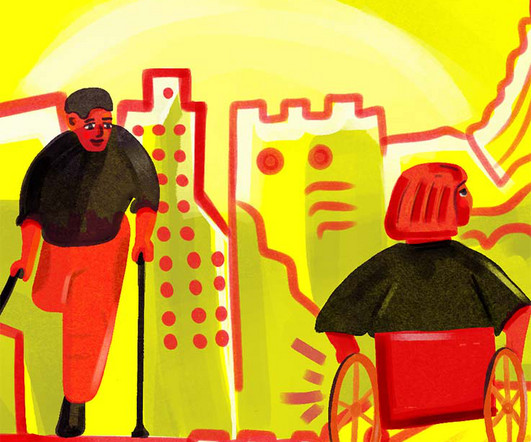Building an Economy with Purpose: The Transformative Potential of Baby Bonds
NonProfit Quarterly
DECEMBER 4, 2024
For example, in Saint Paul, MN, the historically Black Rondo neighborhood was virtually destroyed when the federal government built Interstate 94 through the community. Government intervention can create meaningful change, but as the above examples illustrate, that change can often be for the worse.



















































Let's personalize your content